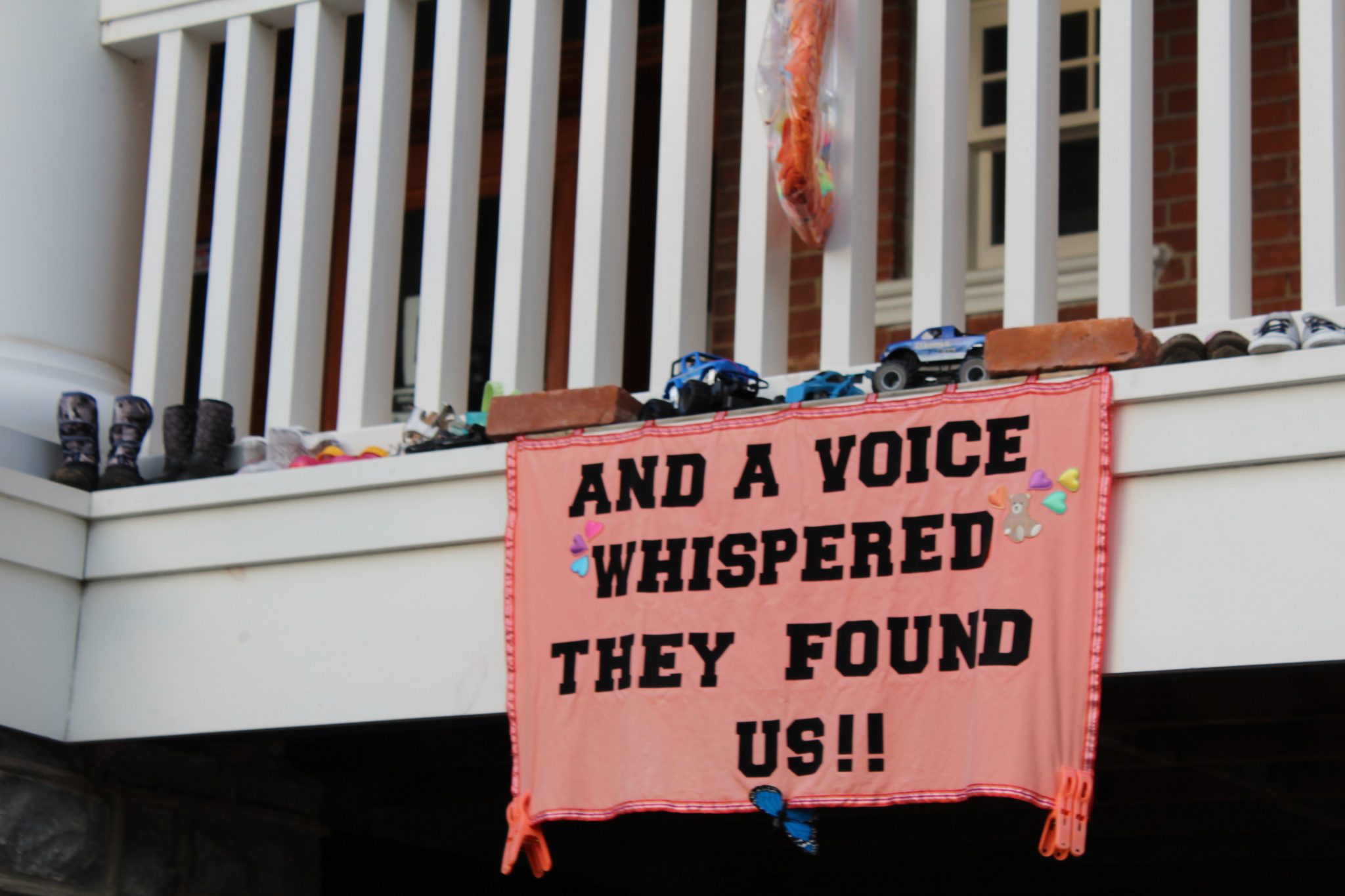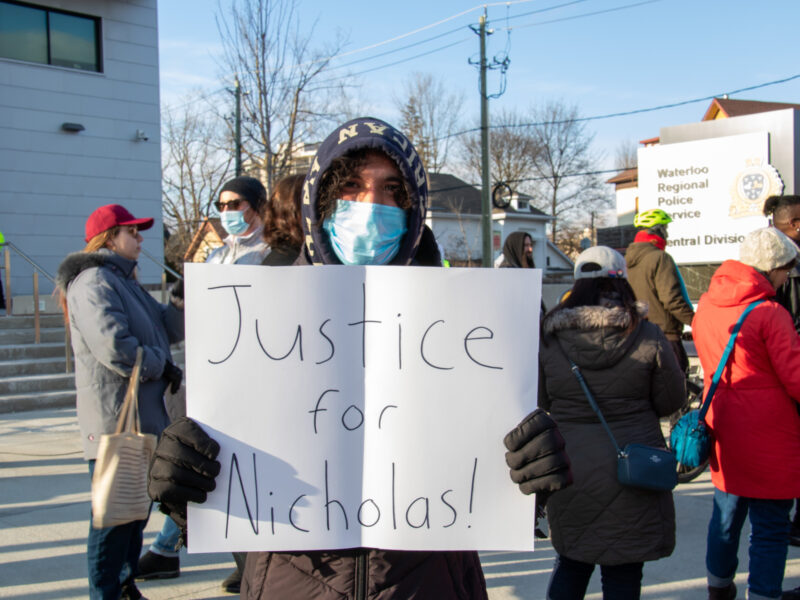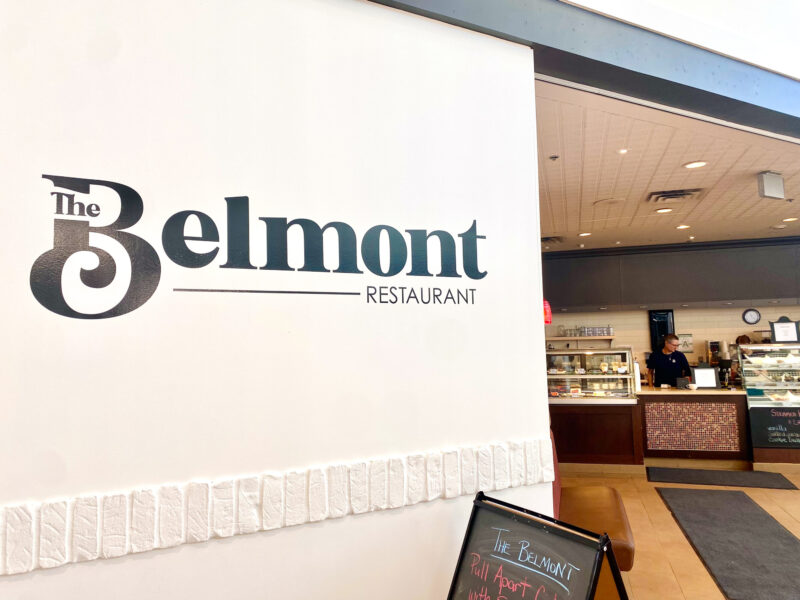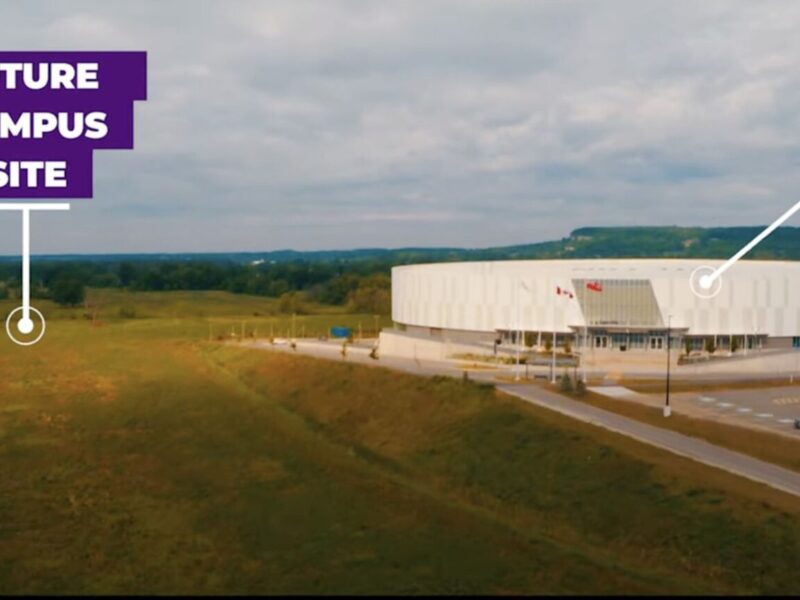PHOTO BY SARA SHEIKH / SPUTNIK PHOTOGRAPHY
On Sept. 30, 2021, Canada celebrated its first National Truth and Reconciliation Day. This day was established in light of the discoveries earlier this year of mass grave sites at former residential schools across Canada, which sparked calls for stronger action towards truth and reconciliation.
Multiple reports came out this summer about the graves of hundreds of Indigenous children discovered buried under residential schools across Canada. This tragic discovery not only prompted Canada to go into mourning, but started a conversation throughout the country about what really happened in residential schools and why their legacy still matters today.
Layla Black, programming and marketing supervisor at the Woodland Cultural Centre, talks about the cruelty of residential schools.
“There’s undeniable evidence that you can’t ignore anymore and you can’t hide behind,” said Black.
The Woodland Cultural Centre is a former residential school close to Laurier Brantford’s campus. After the residential school closed, the cultural centre was opened as a way to collect artifacts from the residential school and educate individuals about what happened at that location.
They are currently focusing on digitizing their educational workshops and fundraising for their ‘Save the Evidence’ campaign.
Black believes that with the discovery of the mass graves comes a greater awareness among Canadians about what really happened at residential schools.
“People were learning about residential schools for the very first time because of these discoveries,” said Black.
The grave discoveries led to an influx of people coming to Woodland Cultural Centre to hear from survivors, take virtual tours and learn more about residential schools.
Such actions contribute towards Canada’s goal of truth and reconciliation. This goal involves uncovering the truth behind what Canada has done to Indigenous peoples and working towards better relations in the future.
In 2015, Canada’s Truth and Reconciliation Commission established 94 calls to action. Only eight have been completed.
This September, the Canadian government established Truth and Reconciliation Day as a time to remember and honour the children who attended residential schools, as well as other injustices carried out against Canada’s Indigenous peoples.
The day is meant for listening to Indigenous voices, learning about Indigenous issues and working towards reconciliation.
“Right now there is a lot of pressure on the Indigenous communities to be doing the speaking, to be doing the sharing, to be doing the hard work,” Black said.
However Black feels that at this point there needs to be more truth shared from the government. Canadians need to hear more about the churches and local establishments that ran these schools, as many people have yet to be held accountable.
“Plugging into places like Woodland Cultural Centre are so vital so that you’re not just part of a hashtag trend and it’s a commitment to your personal journey towards truth and reconciliation,” said Black.
As a generational survivor of residential schools, Black explains the difficulty she had with this year’s Truth and Reconciliation Day.
“It was hard for me to see the overwhelming, hashtags, reshares, tags on Sept. 30 and then quite a silence the very next day,” said Black.
Black encourages others to think critically about what they are learning.
She believes that if Canadians ask thoughtful questions to reflect on the day, this can help prevent Truth and Reconciliation Day becoming just another federal holiday that is forgotten after it passes. Some sample questions may be: “What did you learn? How did it change you?”
“We have two ears and one mouth for a reason and the one thing that you can do is listen,” said Black when asked what Laurier students could do to help. “Listen without judgement, listen and just hear the stories, hear the speakers, go to lectures, go to the virtual courses and online seminars.”
“We have a long way to go but I think we are walking the right path.”
By continuously listening and learning, we can grow closer towards making truth and reconciliation not just a day, but a focus the rest of the year as well.
To find out more about truth and reconciliation, as well as other Indigenous issues, students can visit the Woodland Cultural Centre’s website https://woodlandculturalcentre.ca/home/.




